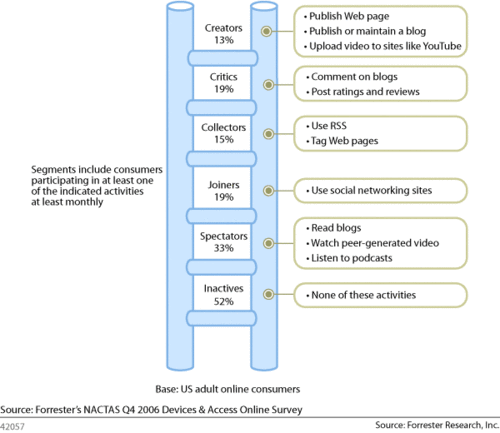We’re talking about Immersion this week (er, rather last week) in the final module of LIBR 559m. So last night I gave Second Life a try, the most prominent of the virtual worlds in the readings. Years ago I had an unsatisfying experience trying out a demo for The Sims Online and I assumed Second Life would be more of the same. Honestly, if it hadn’t been brought up at the beginning of the course as a potential medium for the final presentation (didn’t happen), I wouldn’t have guessed Second Life was still around.
How was the experience? Well, negative, to say the least. I thought back to Group VIII’s presentation last week where Tristan mentioned that users’ experiences are shaped by their attitudes going in. That is, those open to the idea of SL will have a positive experience while skeptics will remain skeptics. I tried to keep an open mind going in, but the longer I spent the world the less I enjoyed it. In part, it was the hideous aesthetic (like Geocities communities brought to life in eye-stabbing 3D) but mainly the ghost town atmosphere. I started off in the virtual Toronto because I wanted to visit somewhere I knew in real life. I was greeted in Yonge-Dundas Square by the cacophony of a rock station blaring with what sounded like an internet busker singing at the same time, yet after spinning around in circles and wandering around I couldn’t find anyone there. After 10 minutes of wandering around aimlessly (as a floating panda torso because my arms/legs wouldn’t load), I asked myself if this was a typical Second Life world or if I simply needed to find a well-designed, populated world to get a better experience. I entered the Newcomers area, warping into circle with 15 avatars standing around. Two people were talking about kilts using audio while the rest were just standing there frozen (technical glitch?). I got weirded out, backed off slowly and flew away (unfortunately my real-life anti-social tendencies manifest in the virtual environment too). I decided to check out Info Island where there’s a library. The desk was not manned, but in an adjacent building I thought I saw a person in the distance. I walked up close and discovered it was a bot. My feelings were mixed because I felt isolated with no one around, but I was also distinctly uncomfortable when there were other humans around.
I tried to pinpoint what was fundamentally wrong with the whole venture, but I couldn’t quite put my finger on it. It was like a game with no game aspect. It’s probably supposed to be a social environment, but it wasn’t really. For comparison, I spent an hour messing around in the video game L.A. Noire because that stuck me as a recent example of a very immersive environment in a game. From the company that created the Grand Theft Auto series, L.A. Noire depicts a fully realized recreation of 1940s Los Angeles. The player is a cop rising through the ranks from patrolman to vice squad detective while working cases. Even after finishing the main story of the game, users can simply roam freely through the world, which is what I did. Even though there’s ostensibly no purpose or task at that point, simply exploring the meticulous detail of the world is fascinating, something I did not get out of Second Life. I captured this short video, which does not actually do justice to the stunning visuals, of the player walking through the L.A. County Art Museum:
Even though this building is completely superfluous to the main gameplay, it’s these details (the audio, the graphics, the animation models) that fully immerse the player in the experience. It’s immersive in a way that’s completely different than Second Life where I felt alienated. I think this clip shows the potential of a museum-themed virtual environment and if, say, this was combined with contextual information, further interactivity, and multi-user support it could be a remarkable way of visiting museums of the world. Mind you, this was one of the most expensive video games ever made…
From a library standpoint, I don’t yet see the value of devoting resources to a virtual world like Second Life when resources are already stretched thin particularly in public libraries. While I’m all for outreach to different populations of patrons, this seems too limited in participants and value (even though there are a reported 1 million active users). Seems like Second Life is a virtual manifestation of the social media ghost town joked about in this cartoon where a negative social media experience is actually worse than having no social media experience at all. Basically, if that Info Island library was my hometown library I’d be somewhat embarrassed.

